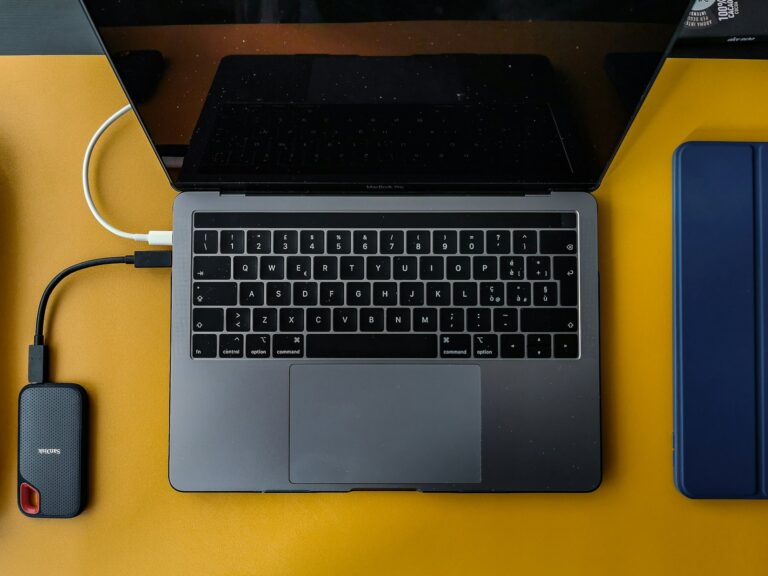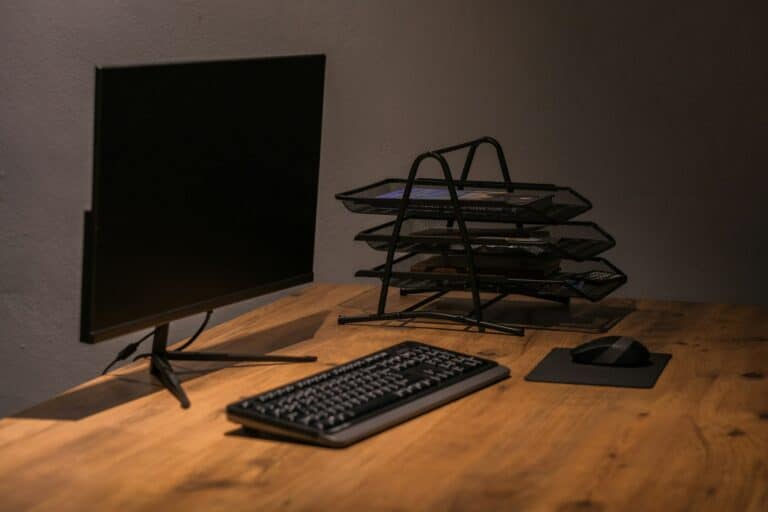Once old computers, printers, servers, and other gadgets are hauled off for disposal, most people don’t think twice about where they end up. But what happens next plays a big part in protecting the environment and keeping personal data safe. The disposal of IT equipment isn’t just about throwing things out. It’s a full process with steps that are designed to handle electronics the right way.
Whether you’re a homeowner clearing out your old laptop or a business retiring dozens of machines, it’s good to know what really happens after IT gear leaves your front door. This kind of awareness helps buyers make smarter choices and makes it easier to know who is handling your equipment properly. Here’s what takes place behind the scenes once IT equipment is headed for disposal.
Collection and Transportation
The first stop for retired electronics is usually collection. Sometimes this is done by appointment pickup. Other times, a drop-off location is used. Either way, the process should be planned to make sure everything is handled with care. Old equipment can be bulky or fragile, and it might still have sensitive information on it.
Once picked up, the equipment gets loaded and moved to a processing center. During transport, it’s not just about moving stuff from Point A to Point B. The focus is on safety and security. Here are a few ways that’s managed:
– Items are packed tightly to limit movement and damage during the trip
– Any devices with storage (hard drives, flash drives) are tracked to prevent data leaks
– Delivery logs are often kept to document chain of custody for businesses
Transportation crews have to stick to local traffic laws while protecting what they’re carrying. That might include covering loads, securing devices, and keeping detailed item lists. Whether it’s a few desktops or racks of office servers, the goal is to deliver them safely to where sorting begins.
Inspection and Sorting
Once the equipment arrives at the facility, it doesn’t just get tossed into a pile. Everything is looked over to see what condition it’s in. That includes checking devices for signs of damage, wear, or missing parts. This step helps staff determine where each item should go next—either to be reused, broken down, or wiped clean for recycling.
The sorting process usually breaks IT equipment into a few main categories:
– Working or good-condition items that can be refurbished
– Broken or outdated electronics meant for recycling
– Dangerous items that need special handling, like batteries or cracked screens
The difference between a laptop being recycled or reused often comes down to whether it turns on and what kind of damage it has. For example, a five-year-old desktop covered in dust but still running might be cleaned up and sold again. But something with water damage or exposed wires is heading straight to the dismantling area.
Sorting matters because it cuts down on waste. Gear that still works shouldn’t end up in a landfill. And electronics that can’t be used again need to be handled properly so their parts are used wisely.
Data Destruction
Before taking apart or reusing anything, one important thing needs to be handled first. That’s wiping out the data. Computers, phones, and servers don’t just store files and passwords. They contain traces of personal information, saved logins, photos, financial records, and business documents. If this information falls into the wrong hands, it can create real problems.
That’s why the next step after sorting is to deal with data destruction. There are different ways to make sure no one can ever recover files from these devices. The method used depends on how the equipment will be used next:
– For reusable devices, software-based wiping tools are often used to overwrite the hard drive several times
– When hardware is too damaged or outdated, physical destruction like crushing or shredding the drive might be the better option
– Solid-state drives (SSDs) are trickier since data can hide in places that traditional wiping software might miss, so they’re usually destroyed physically
– Items like USB sticks, SD cards, and mobile devices also need to be handled carefully to prevent data theft
Every step is documented to confirm that the equipment was wiped clean. This protects not just individuals, but entire companies that may have had customer data or sensitive records on those machines.
Holding onto devices longer than needed because of data concerns might introduce more risks. Once secure methods are in place, it becomes easier to let go and trust the process. Data doesn’t just disappear when something is thrown away. It needs to be deliberately removed first.
Recycling or Repurposing
Once the data has been cleared, it’s time to figure out what to do with the physical parts. Some devices still work or only need minor repairs. These are often candidates for repurposing. A laptop with cosmetic wear or an older server can be cleaned up and resold or donated if it meets certain performance standards. It gives the equipment another shot at being useful and keeps it out of landfills.
When electronics can’t be reused, the focus shifts to breaking them down for parts. This is where recycling takes place. Devices are dismantled piece by piece, and the materials are sorted by type. You’ll find things like:
– Circuit boards
– Glass screens
– Plastics
– Valuable metals like copper or aluminum
Some items, particularly batteries or cracked screens, are considered hazardous and need special handling to avoid harming workers or the environment. Proper recycling takes these into account and uses steps that meet local and federal regulations.
Technical gear that used to fill up storage closets can turn into components for new machines or raw materials that go back into computers, appliances, or even cars. This entire process is about using what’s already available, which cuts down on mining, reduces pollution, and lowers the demand for new resources.
The recycling system works best when equipment is sorted correctly and materials get harvested efficiently. Every device, whether it functions or not, has something inside that can be saved and used again.
The Journey’s End: Bringing New Life to Old Equipment
What happens when all the parts are taken apart and sorted? The materials head to manufacturers who know how to turn them into something fresh. Glass might be used in another screen. Metals could become wiring or small parts in a different device. Even plastic housings get melted down and reused in things like car dashboards or storage bins.
Sometimes entire systems are refurbished and sold to schools or community programs. A public library in a small town, for example, might get a batch of rebuilt desktops that still perform just fine after some upgrades. Instead of ending up in the trash, that equipment gets a second chapter helping others.
This part of the process helps shift the focus from waste to opportunity. By recycling responsibly, parts of old devices continue to serve useful purposes. It’s kind of like finding hidden value in something that seemed out of date.
Keeping Augusta, Columbus, Macon, and Savannah Green
For cities like Augusta, Columbus, Macon, and Savannah, recycling old IT equipment isn’t only about getting rid of stuff. It’s part of a bigger effort to keep communities clean and safe. Dumping broken electronics in household trash doesn’t just clutter up landfills. It also leaves neighborhoods exposed to risks like toxic leaks and fire hazards.
That’s why it’s helpful when local people and businesses play a part in recycling efforts. Events like electronics drop-off weekends or city-run recycling sites make it easier to do the right thing. Some companies offer pickup services or set up bins during collections. These small details go a long way when people take part regularly.
When more people choose to recycle their computers, printers, and servers, it lightens the strain on local systems and protects the shared spaces everybody relies on. It also sends a message that these cities value clean tech practices.
Whether it’s a homeowner clearing out a garage or a small business upgrading old gear, helping these devices reach the right recycling center makes a difference. Everyone has a role in reducing waste and helping Augusta, Columbus, Macon, and Savannah stay clean for the long haul.
To make sure your outdated tech is safely handled and reused wherever possible, learn more about responsible disposal of IT equipment with Beyond Surplus. It’s a smart way to protect your data and support a cleaner, greener Augusta.



